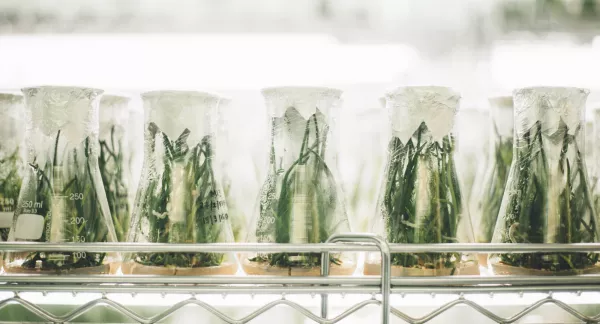
Evaluate Wetland Systems for Treated Wastewater Performance to Meet Competing Effluent Quality Goals
Abstract
Scientific advances have facilitated documentation of effects of trace level wastewater-derived organic compounds (WDOCs) on biota. Potential for adverse ecological effects in effluent-dominated receiving waters raise questions about treated effluent used for augmentation of aquatic habitats and safety of intentional and unintentional indirect potable water reuse. A growing body of research data indicates that constructed treatment wetlands may be effective for reducing the concentrations of a variety of WDOCs. The Wetland System Evaluation Project developed a design and performance matrix for known pollutants in surface-flow and subsurface-flow constructed wetland systems, including biochemical oxygen demand (BOD), total suspended solids (TSS), nutrients, pathogens, and wastewater-derived organic compounds (WDOCs).
Originally funded as WERF project Reuse-05-06.



